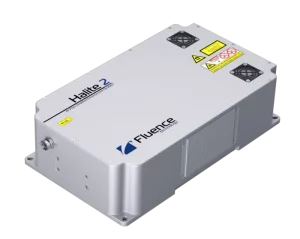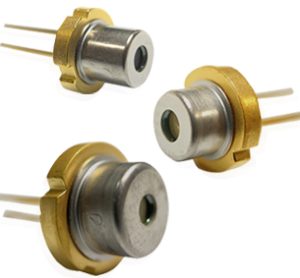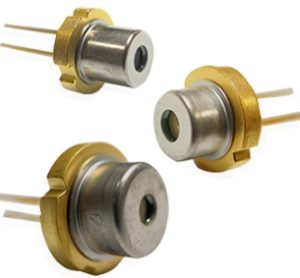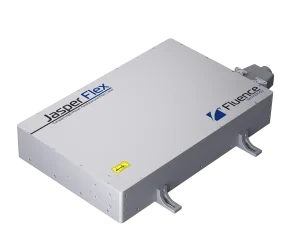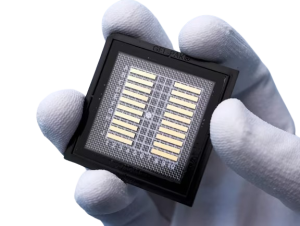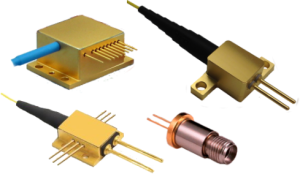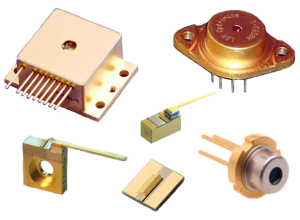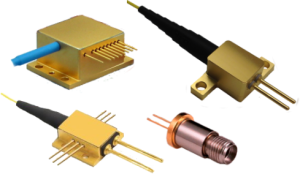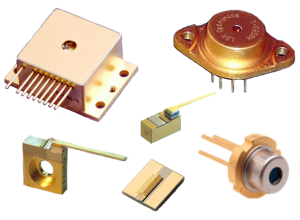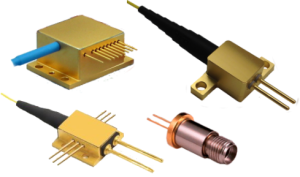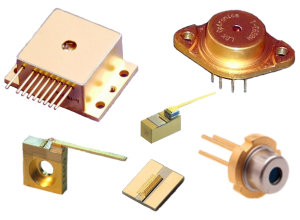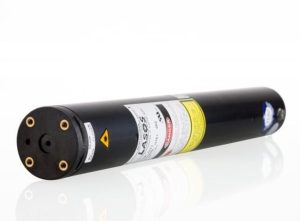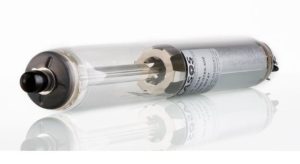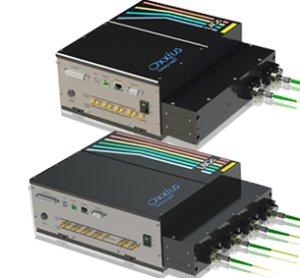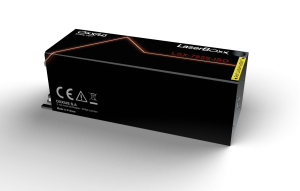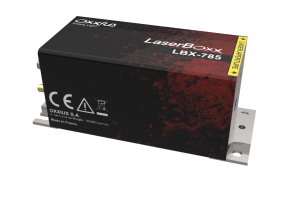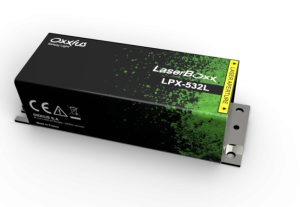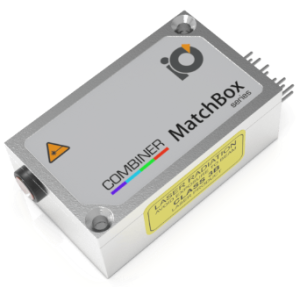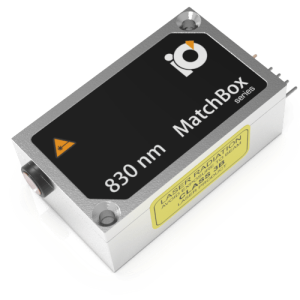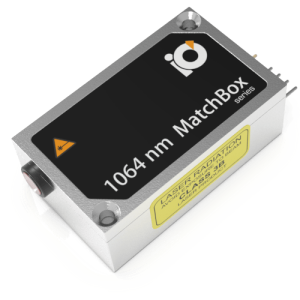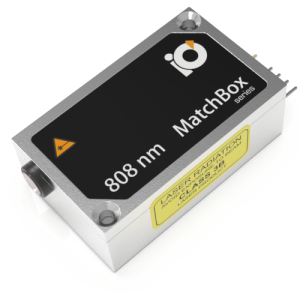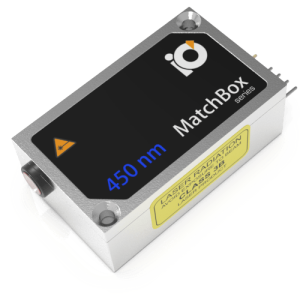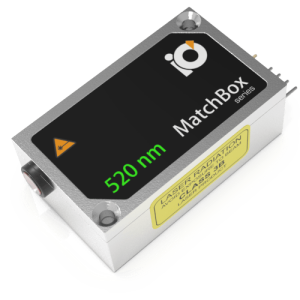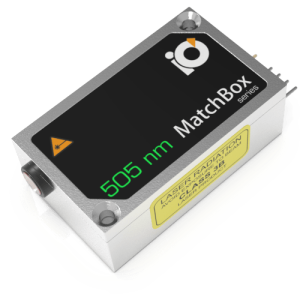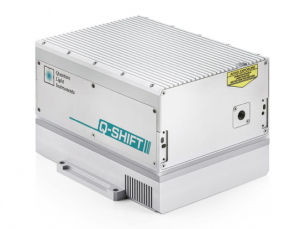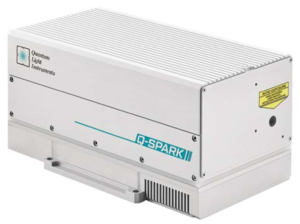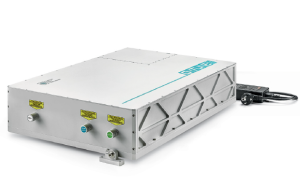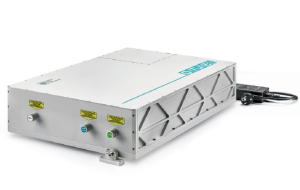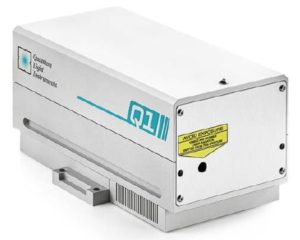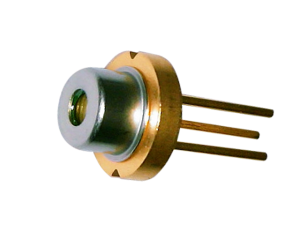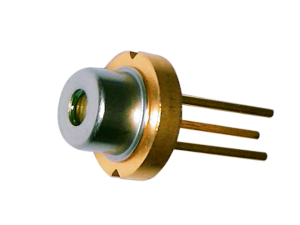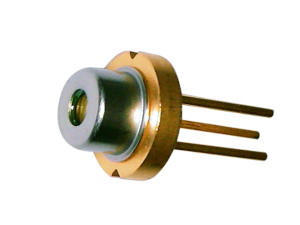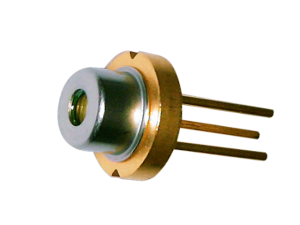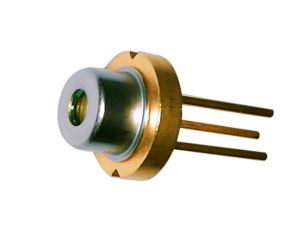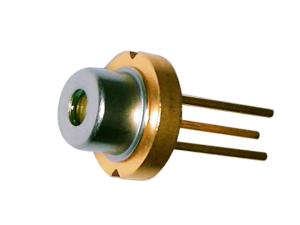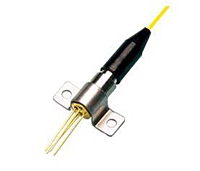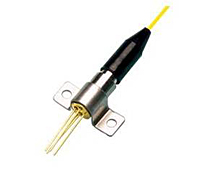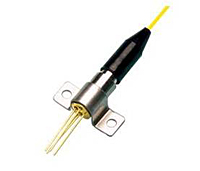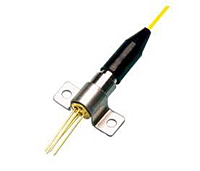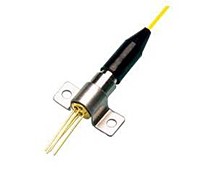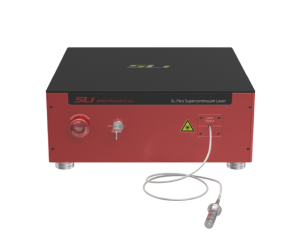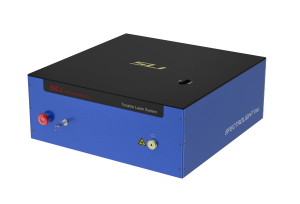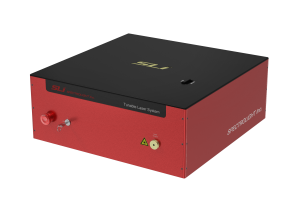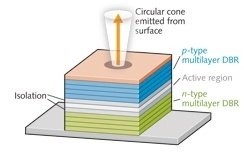Molecular Manipulation & Analysis Lasers provide advanced tools for the precise study and manipulation of cellular and molecular structures, enabling significant advancements in areas like cell biology, neuroscience, and drug discovery. These lasers offer exceptional control with a wide range of wavelengths, single-mode and SLM stability, and high-quality beam profiles critical for applications such as DNA sequencing, confocal microscopy, and optogenetics. Our solutions support a variety of CW and ultrafast pulsed options in customizable, integration-ready packages. Whether for in-depth molecular analysis or cellular manipulation, our lasers are designed to meet the unique demands of biophotonics research with reliability and precision.
Molecular Manipulation & Analysis Applications
Confocal Fluorescence Microscopy Lasers: Confocal microscopy is an optical technique that allows for extremely high spatial resolution imaging by placing two conjunct pinholes in the optical path. Most of the visible wavelengths can be used in confocal fluorescence microscopy, but it’s essential that all confocal fluorescence microscopy lasers (typically CW, low noise, single-mode, visible) have a high quality TEM00 beam profile.
DNA Sequencing Lasers: DNA sequencing or genome sequencing is an extremely powerful tool that allows the identification of the four basic DNA molecules adenine (A), cytosine (C), guanine (G), and thymine (T) by tagging them with fluorescence reporter molecules. Like all fluorescence applications, most of the visible wavelengths can be used in DNA sequencing, but it’s essential that all DNA sequencing lasers (typically CW, low noise, single-mode, visible) have a high quality TEM00 beam profile.
Flow Cytometry Lasers: Flow cytometry is a laser-based technology employed in cell counting, cell sorting, biomarker detection, and protein engineering. This technology is used to analyze the physical and chemical characteristics of particles in a fluid as it passes through at least one laser. Flow cytometry lasers (typically CW, low noise, single-mode, visible or IR) provide a high-quality TEM00 beam profile, low noise, and high pointing stability and power stability.
Optogenetics Lasers: Optogenetics is a biological technique that uses light to control cells in living tissue, typically neurons. While very little optical power is needed, optogenetics lasers (typically ns ps or fs pulsed, visible) are still the preferred delivery method because of their ability to be focused and targeted to specific areas of the brain. Additionally, several wavelengths in the near-infrared region allow optogenetics lasers to be transmitted through bone and tissue eliminating the need for opening the skull.
Two-Photon Excitation Microscopy: Often called two-photon microscopy (2-photon, multi-photon, TPE microscopy), this process creates fluorescence images of live cells utilizing ultrashort pulsed lasers (typically mode-locked, fs pulsed lasers with NIR wavelengths). Compared to the usual one-photon microscopy, this method offers many benefits, such as better signal-to-noise ratio for clearer images, reduced photobleaching and phototoxicity, and deeper penetration in dense tissues.
Let Us Help
With 1000s of fielded units, and over 25 years of experience, providing OEMs, contract manufacturers, and researchers with the best laser solution for their application, our expert team is ready to help! Working with RPMC ensures you are getting trusted advice from our knowledgeable and technical staff on a wide range of laser products. RPMC and our manufacturers are willing and able to provide custom solutions for your unique application.
If you have any questions, or if you would like some assistance please contact us. Furthermore, you can email us at info@rpmclasers.com to talk to a knowledgeable Product Manager.
Check out our Online Store: This page contains In-Stock products and an ever-changing assortment of various types of new lasers at marked-down/discount prices.
We’re experts at helping select the right configuration for you!




 SHIPS TODAY
SHIPS TODAY 
